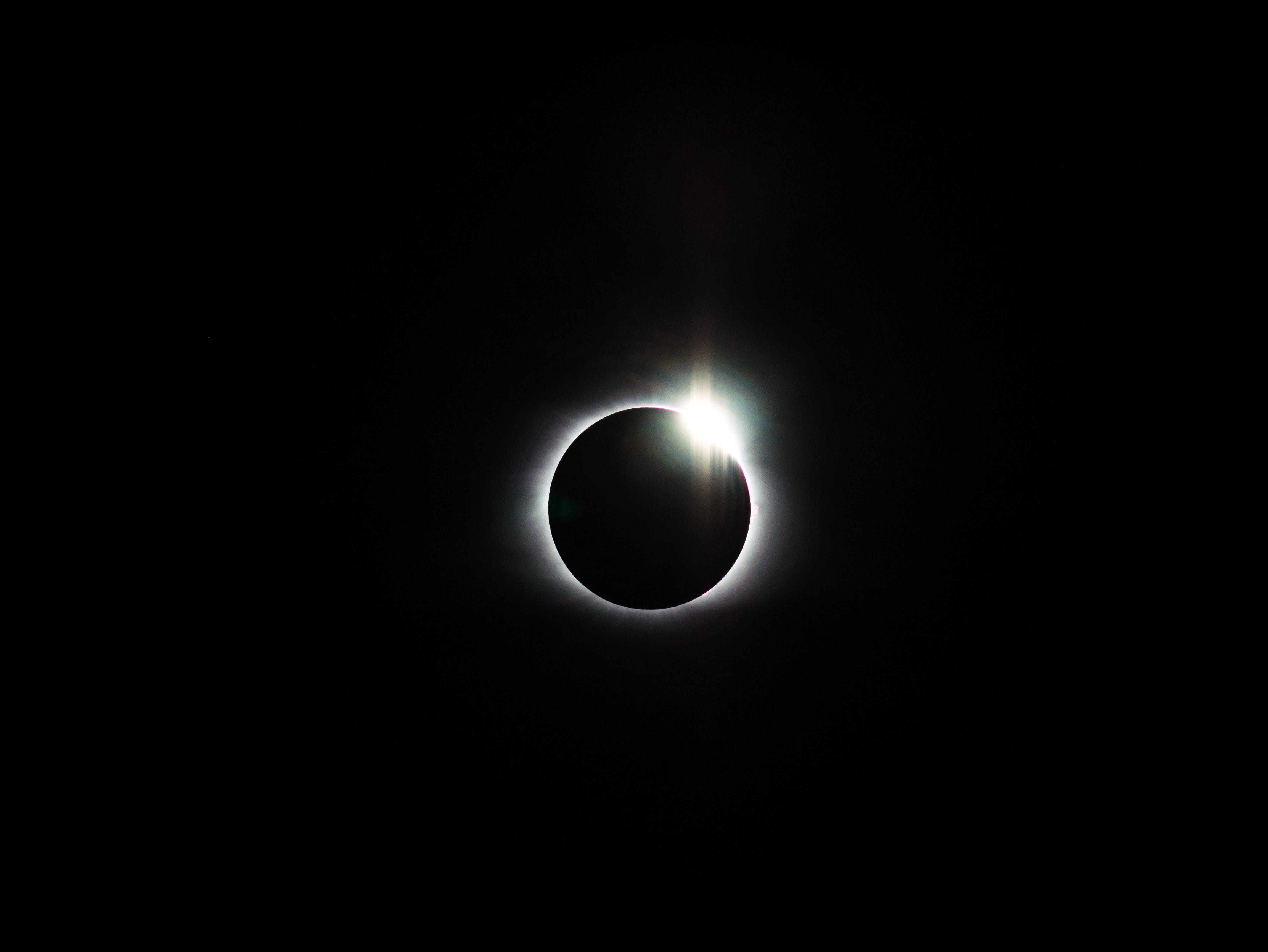European Space Agency wants to use satellites to simulate total solar eclipse

As part of a new mission to simulate a total solar eclipse, the European Space Agency (ESA) will launch two satellites from India in September, the project's managers said during a press conference in Antwerp. The purpose of the mission is to study the sun using two satellites positioned in a way that one obscures the sun from the other. The satellites are currently being constructed in Redwire Space, a facility in Kruibeke.
During the Proba-3 mission, the artificial eclipse will allow scientists to study the sun's corona. This is the outer atmosphere of the sun that appears during a solar eclipse. It is there that solar storms are generated, which can disrupt the Earth's electronic infrastructure.
The corona is not visible without a solar eclipse because the sun is too bright. A solar eclipse normally lasts only a few minutes, but Proba-3 should be able to study the corona continuously for six to seven hours based on the positioning of the satellites.
©Sener Group
"It is a technically very demanding experiment," explained ESA's Dietmar Pilz at the press conference. One satellite will fly exactly 144 metres in front of the other. In this way, the front satellite creates a permanent solar eclipse for the rear satellite, which has a coronagraph on board, a telescope to observe the sun's atmosphere. The two satellites have to fly in a very precise formation. According to Pilz, the experiment could fail if there is a deviation of a few millimetres between the two.
An actual total solar eclipse will be visible from North America on 8 April, when the moon moves in front of the sun. Parts of North America will undergo a short period of darkness, marking a rare celestial phenomenon that will not recur for decades.
#FlandersNewsService | Photo ©SIPA USA
Related news

